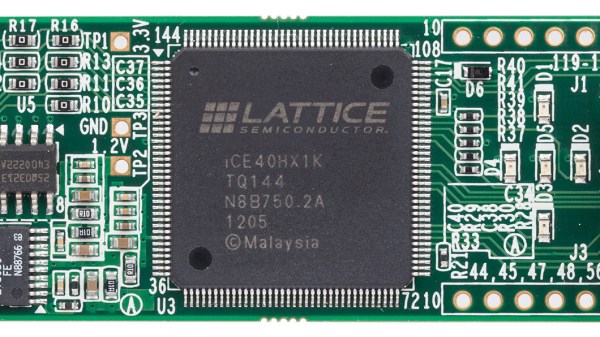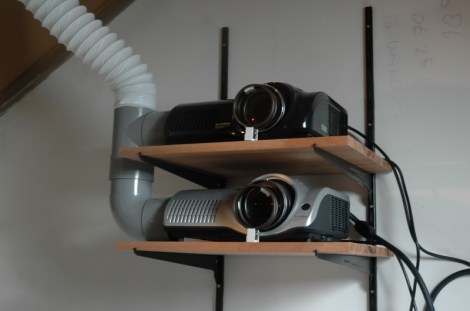Mr McGuire: I just want to say one word to you. Just one word.
Benjamin: Yes, sir.
Mr McGuire: Are you listening?
Benjamin: Yes, I am.
Mr McGuire: Plastics.
You may recognize the above dialog from the movie “The Graduate” starring a young [Dustin Hoffman], whose character is getting advice about what line of work he should get into after university. Maybe Mr McGuire’s advice should have been “Microlattice.”
If you take a step back for a moment and survey the state of materials, you’ll see that not much has changed in the last 50 years. We’re still building homes out of dead trees, and most cars are still made out of iron(although that is starting to change.) It’s only been just recently has there been advances in batteries technology – and that only came about with the force of a trillion-dollar mobile phone industry behind it. So we’re excited by any new advance we see, and Boeing’s new “Microlattice” tickles our fancy.
Boeing isn’t giving away the recipe just yet, but here is what we know: it’s 99.99% empty space, making it extremely light. It’s so light, that if you drop it, it floats to the ground. It’s also compressible, giving it the ability to absorb energy and spring back (you can see it in action in the after the break.) It’s made by creating a sacrificial skeletal structure the shape of the final lattice, then coating that template with nickel-phosphorus alloy. The temporary inner structure is then etched away, leaving a “microlattice” of tiny interconnected hollow rods with wall thickness of about 100 nanometers. Of course it doesn’t take a rocket surgeon to figure out why Boeing is interested in such materials, they are eye it as an extremely lightweight building material for planes and spacecraft.
Continue reading “Boeing’s New Microlattice, Now The Lightest “Metal” Ever” →

















